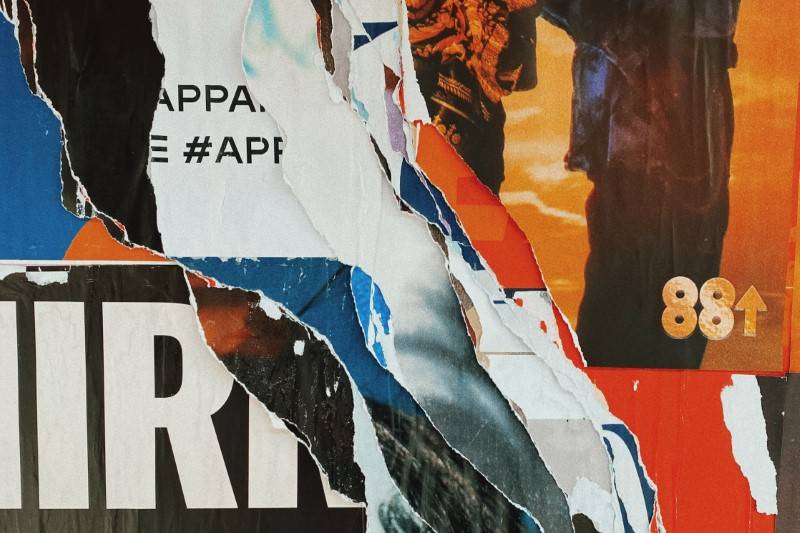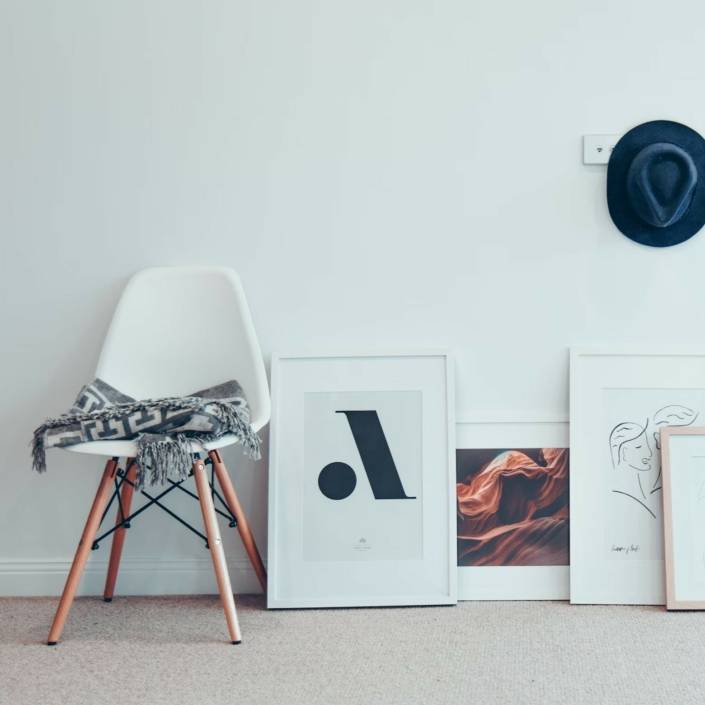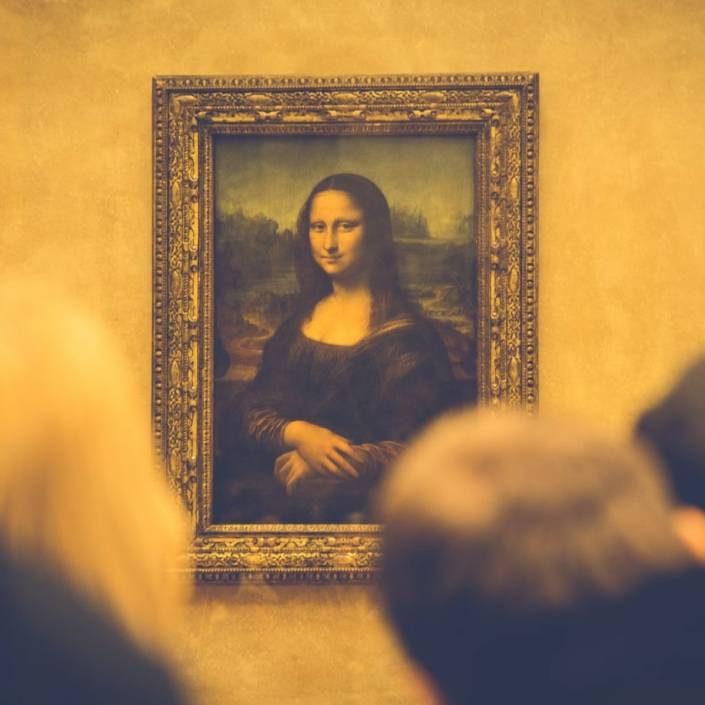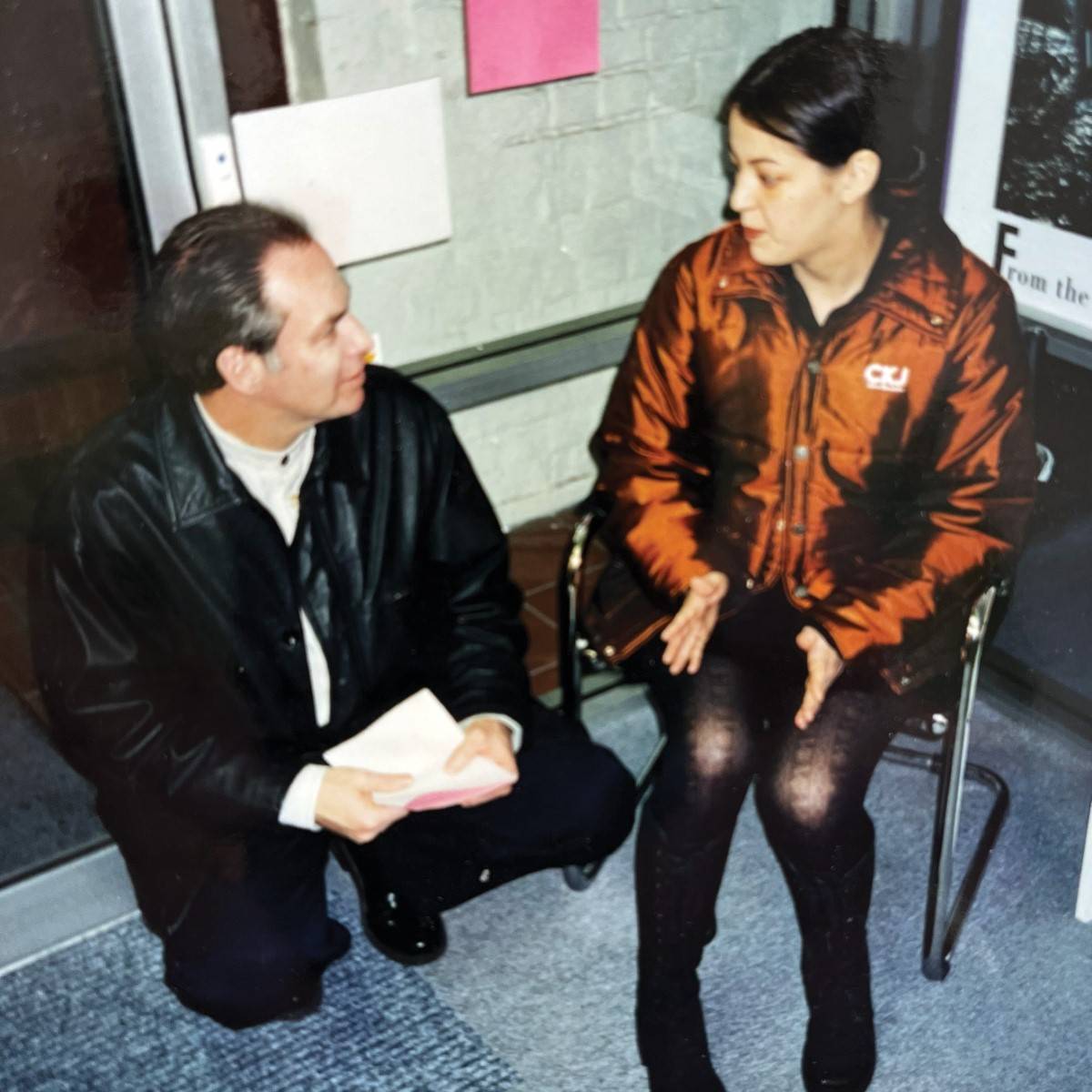Money Sullies Art: Taking a Knife to Art
Fractionalism is reported to be taking the art market by storm, but do you really want piece of that pie?
Words: Gina Fairley
A new trend in collecting has emerged across international markets and it is starting to garner interest with Australian collectors. Lumbered with the somewhat impenetrable term fractionalism, we are talking about a regulated art stock exchange as a new model for investing. In short, you can buy a fraction of a painting as one might, more traditionally, buy shares.
Arguably as a concept, it is not entirely new. Collecting consortiums have long come together to secure major artworks as speculative investments, or in a more altruistic way, to acquire major works for museums. What we are seeing today, however, is a trend emerging out of the financial world, not the art world.
UK-based Australian arts entrepreneur, and Founder of Art Money, Paul Becker, told Art Collector: “Fractional investment is a legitimate business model, however it has very little to do with art, artists or collecting. It is generally targeted at investors, often finance market professionals, as a way to diversify their investment portfolio through art.”
UK-based Mintus, a company offering factional art investment, turns to Deloitte & ArtTactic’s Art & Finance Report of 2021 to spruik interest, quoting that 85% of wealth managers recommended art for its “resilience in inflationary periods”.
Mintus continues on its website: “Blue-chip art offers strong historical performance, averaging 8.9% annual growth since 2000, over 3x better than the S&P 500 according to the ArtPrice 100 Index. It is among the best-performing asset classes, with a market size of $67.8 billion in 2022 and an estimated $1.7 trillion in art globally, compared to $9.8 trillion in private equity funds.” US-based fractional investment firm Masterworks agrees, but pits the results higher again, stating contemporary art offers a 12.4% compound annual growth.
Australians typically get wary with such sells, especially when art simply reads as investment candy for speculators on a prospectus. Becker adds of fractionalism’s role for investors: “Art is pitched as a counter- cyclical investment (that is it goes up when the stock market goes down), which should comprise a proportion (around 5-10%) of a blended investment portfolio. Of course, that small percentage can be significant dollars for professional investors.”
Becker adds that personally, he is, “always cautious about pitching art as an investment class.”
So, how does it work? All these schemes vary slightly, but essentially a team of specialists is employed to identify artists who have market momentum. Once an artist is targeted, a search begins for artworks to acquire. Upon acquisition, an offering circular with the Securities and Exchange Commission is lodged, which then allows anyone to invest. Shares are sold in the artwork, and at a moment determined by the firm, it will then be put back into circulation (usually via auction) and sold. Shareholders are paid pro rata, after fees of course.
Again, not entirely a new idea. Back in 1904, a group of Parisian bankers set up the art-collecting syndicate, The Bear-Skin Company, with the objective of buying artworks by young artists to encourage a new Modern style. The difference here, is that their venture was pitted at enhancing the credibility of Modern art, not lining pockets.
Who is leading this space? Masterworks, a US-based firm claims to be, “the first and leading” in the art stock exchange market, with more than 200 employees. It focuses on acquiring works by contemporary artists, with a swag of Basquiat’s and Kusama’s among their investments, which today sit over US$700 million.
“Masterworks, for example, are quite transparent that their audience are not art collectors – they are the broader investment community. And that is fine,” says Becker of the US platform. “It’s not about the art. It actually doesn’t support artists or the art ecosystem, it just happens that an artwork (usually blue chip) is the asset to which the investment is tied. And then it’s about how the market performs for that asset over time.”
While Masterworks may have lead out of the arena, Liechtenstein-based ARTEX Stock Exchange stole the headlines recently, when it invited IOAs (Individual Public Offers) this year a triptych by the British artist Francis Bacon, Three Studies for a Portrait of George Dyer, 1963.
The consortium bought the Bacon at Christies in May 2017 for US$52M. Now, with an estimated value at US$55M (May 2023), they are slicing it up with share offers stating as little as $100. (Masterworks starting investment is US$15,000, while Mintus is US$3,000).
It is the first offering by the company three years after forming in 2020. The Bacon is interesting in that it is the first in a unique series of five portrait triptychs that he created of George Dyer between 1963 and 1969 at the height of his career.
ARTEX Co-Founder and Chairman, H.S.H. Prince Wenceslas of Liechtenstein, tells BusinessWire: “To offer a masterpiece by Francis Bacon as the first listing on ARTEX is a great privilege but also a responsibility… ARTEX operates under one of the most rigorous regulatory frameworks to foster a high level of trust.”
Trust comes with regulation, or so we are nurtured to believe in the financial sector. Several of these platforms lean on the fact that they are regulated, unlike the traditional gallery-based art market.
One of the selling points for investment with ARTEX, is that they claim the artworks will be offered to museums for display. This is an easy tick-box to deal with practicalities of storage, insurance and conservation, while gaining a provenance win.
Then there are platforms that have a less financial world feel, and sit more within blockchain technologies and a democratising ideal, such as Particle. CEO Harold Eytan, explains that they, “are leveraging the blockchain to radically reshape the way people collect and experience art as a whole.”
Particle launched in December 2021 with the tokenisation of Banksy’s Love is in the Air. It is set up as a Foundation, a non-profit public trust and physical museum. It leans heavily on the word co-ownership, rather than shares.
With all of this in mind, should we be wary? Does such activity garner confidence with collectors, especially as the global market has witnessed the spectacular crash of Bitcoin, and the even more spectacular demise of NFTs (non fungible tokens)? Are we just being sold another lemon, wrapped up as a collecting entry point?
Becker says he sees no real advantage for collectors through this new pathway. “It should be seen as a way of adding diversity to an investment portfolio, rather than contributing to the art ecosystem.” He continues that fractionalism is, “no more or less open to risk than buying a blue-chip work traditionally in the art market.”
Becker warns that each company, and each country’s legal terms and laws are different, so while some of these platforms are claiming regulation, one has to be careful of detail and generalisations.
In terms of the why now, he says that the art market generally has become more financialised, while on the other hand, the finance market is being pitched art as an asset. “The confluence of those two things is why we are seeing this bubbling up now.”
Deep questions still remain around provenance research, insurance, storage standards, loans, and when and who decides to resell. And don’t forget, all these companies take a cut, yet no resale royalties flow to the artist.
It would seem that this is just another play thing for excess cash, rather than advancing the sector.
Photo courtesy: Jazmin Quaynor, Unsplash.
This article was originally published in Art Collector issue 106, October to December 2023.









